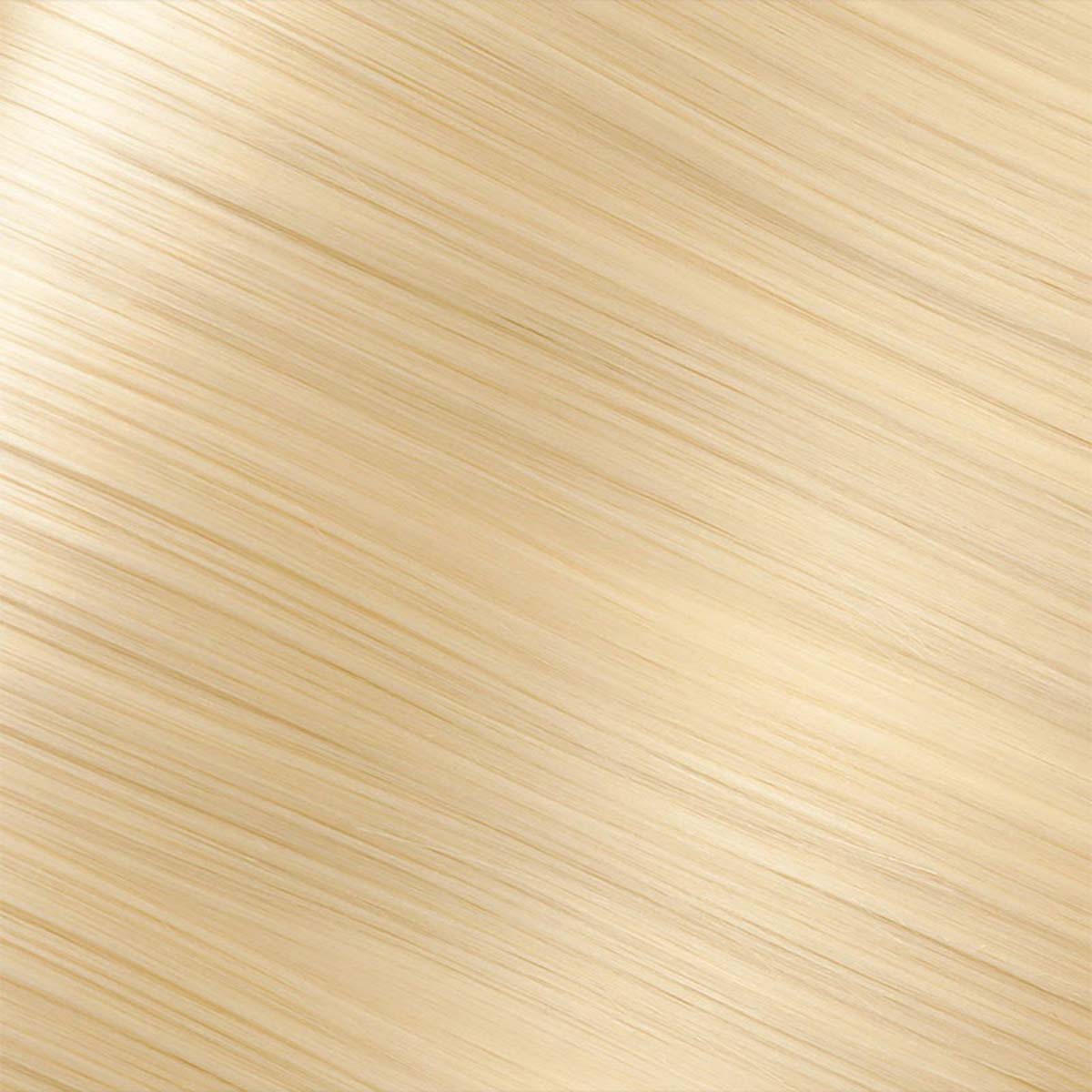

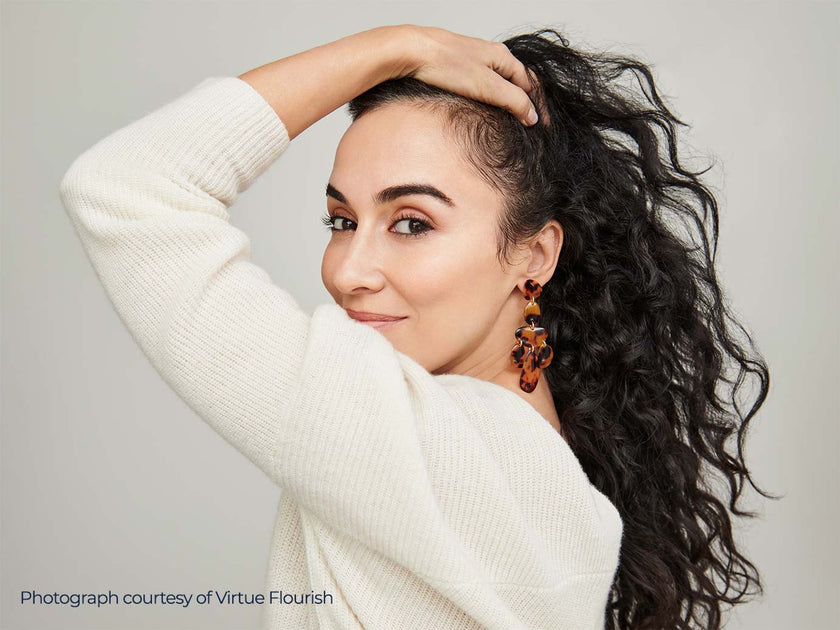
The Guru Guide to Thinning Hair
The Root Cause
The two most common types of hair loss are:
Androgenic Alopecia
For this condition, blame your parents as it’s genetic. Androgenic Alopecia occurs when hair follicles are sensitive to normal levels of androgens (a group of hormones that includes testosterone and androstenedione). “In response, follicles progressively and gradually shrink and produce hairs that are slightly finer and shorter,” say Anabel Kingsley, president of Philip Kingsley and a practicing trichologist. “Anything that impacts hormone levels—like stress, polycystic ovarian syndrome (PCOS), menopause and certain birth control pills—can make this worse.” The effects compound over time, and the result is significant, diffuse thinning.
Telogen Effluvium
If you’re suffering from excessive daily hair shedding (aka Telogen Effluvium), you can’t actually point the finger at Mom and Dad. Telogen Effluvium occurs as a reaction to an internal disruption, such as illness, a poor diet, rapid weight loss, stress, certain medications, vitamin deficiencies, thyroid imbalances or pregnancy. Telogen Effluvium starts 6 to 12 weeks after the event that triggered it. Some good news: “Telogen Effluvium is not progressive,” Kingsley says. “Once you identify the cause and fix it, hair loss will stop, and hairs will grow back as before.”
There’s a third type of hair loss that’s also widespread— Alopecia Areata, which manifests in patches. It occurs when the immune system attacks certain hair follicles in the anagen (or growth) phase of the hair lifecycle. Currently, there’s no proven treatment, but, in many cases, hair will spontaneously grow back on its own. “Avoid buying products that claim to regrow patchy hair loss—they do not work,” Kingsley says. “The only treatments that may be effective are solely available by prescription.”
To figure out which condition you might have, “We always advise starting with a self-assessment,” says Debby Vellozzi, head of product development for Virtue Labs. “Talking to your dermatologist, gynecologist or a functional medicine practitioner can also be helpful.”
Some questions to ask yourself:
-
Have I experienced recent changes in my health or am I taking any new medications?
-
Has my diet changed or am I facing higher levels of stress?
-
Is there a history of hair loss in my family and/or might I be experiencing hormonal fluctuations due to pregnancy, childbirth, perimenopause or menopause?
Goal-Getters
Before
After
-
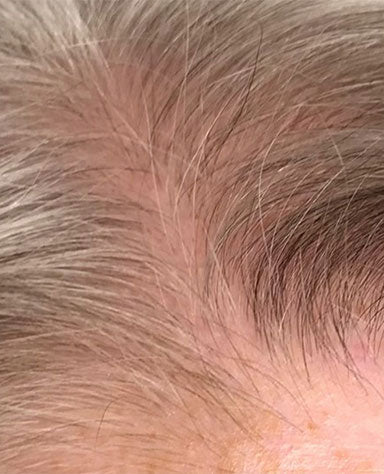
4 months of Virtue Flourish Nightly Intensive Hair Rejuvenation Treatment use
-

4 months of Virtue Flourish Nightly Intensive Hair Growth Treatment use
-

6 months of Virtue Flourish Nightly Intensive Hair Rejuvenation Treatment use
Treating hair loss successfully requires a multi-pronged approach. “Good nutrition and gut health, stress management and a topical solution that encourages new hair growth—while improving the health of the hair you have—provide a good starting point,” says Vellozzi, who recommends new Virtue Flourish Density Booster as a daily treatment. Another everyday option is Phillip Kingsley Tricho 7 Daily Scalp Drops.

In cases of moderate-to-severe thinning, experts often recommend Minoxidil, which is the only single ingredient that’s FDA-approved to help regrow hair in women by stimulating the hair follicles. (Find it in new Virtue Flourish Women’s 5% Minoxidil Foam.) The main drawbacks to Minoxidil are that it can cause scalp irritation and may leave hair feeling dry and brittle, so using a gentle, moisturizing shampoo and conditioner are a must.
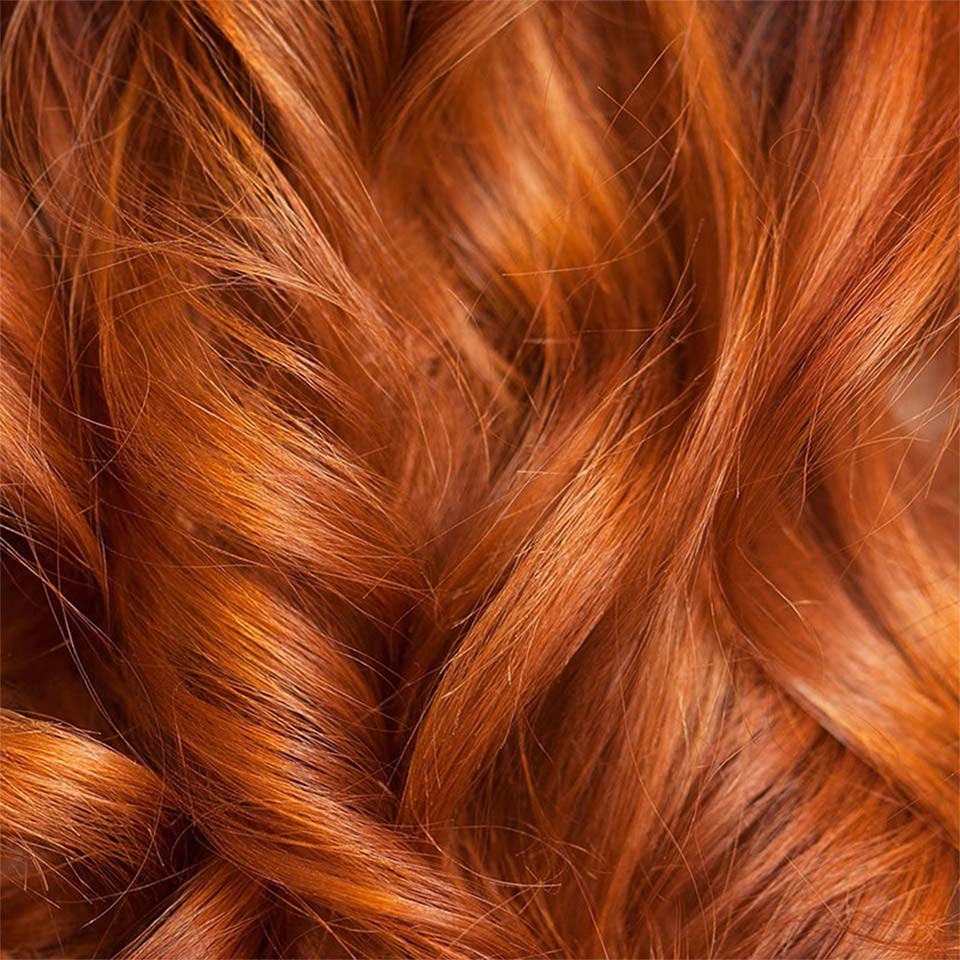
And because any treatment will work better if it can fully absorb into your skin, it’s important to keep the scalp clean and free of buildup by exfoliating weekly with a treatment, such as Oribe Serene Scalp Exfoliating Scrub, or by using a debris-clearing shampoo, like Virtue Flourish Shampoo for Thinning Hair, every time you wash your hair.
No matter what course of treatment you decide to take, compliance is key. “Androgenic Alopecia is progressive, and it doesn’t just ‘switch off,’” Kingsley says. “For that reason, it’s very important to be consistent with your treatment.” Kingsley points out that, due to hair’s growth cycle, it can take three months to a year before results are fully apparent. “But if you’re not seeing expected results or your hair loss continues for longer than four months, you should consult with a doctor or a trichologist, as you may require stronger prescription products,” she says.
Supplemental Ideas
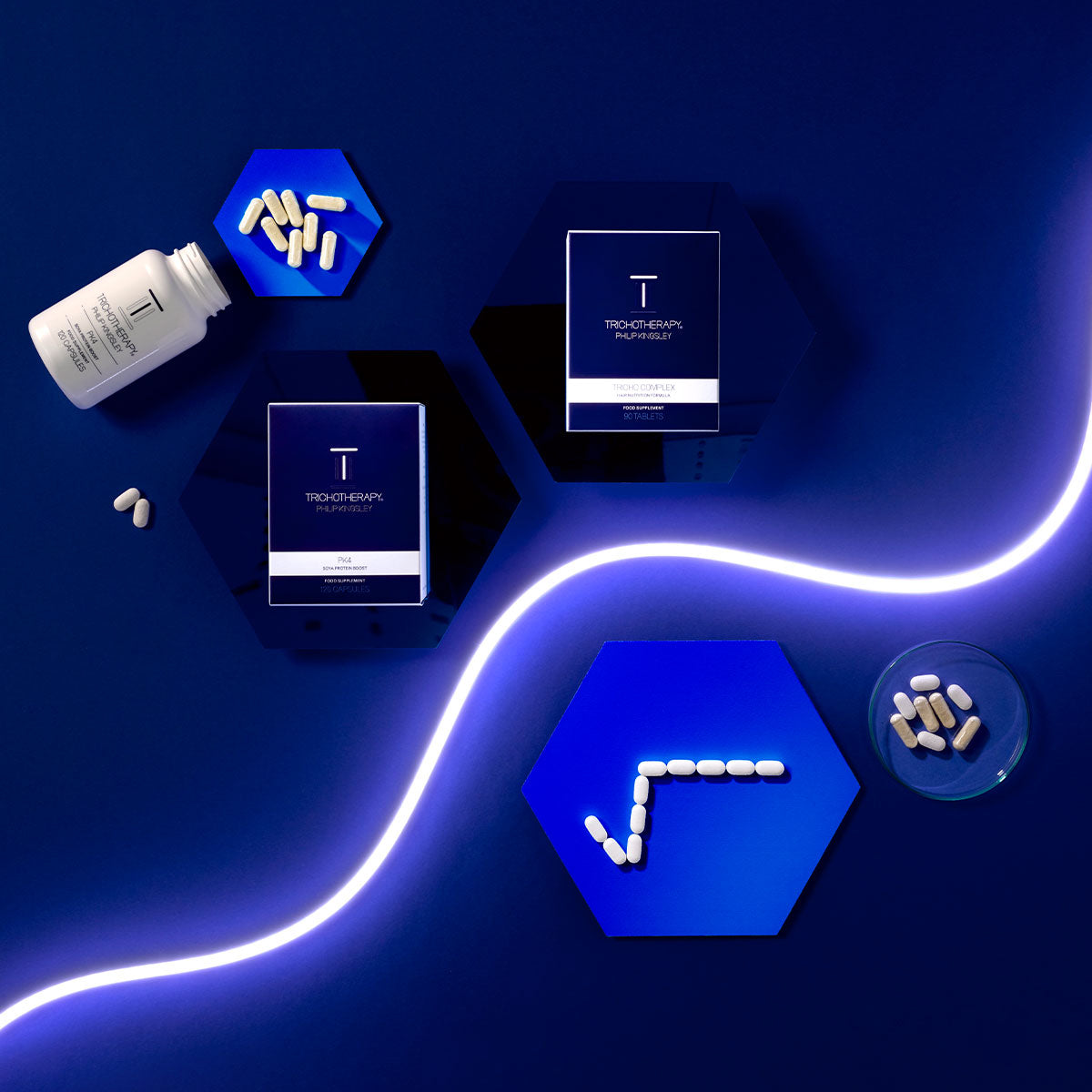
“If your hair loss is due to genetics, as in the case of Androgenetic Alopecia, taking a nutritional supplement will not be effective,” Kingsley says. “But if it’s being caused by iron or vitamin D deficiency, changing your diet and taking relevant nutritional supplements will help.” Be sure to check the label for ingredients that specifically target hair health, such as biotin and B vitamins, to make sure you’re not just doubling up on what’s already in your daily multivitamin. “We formulated our Phillip Kingsley Tricho Complex Hair Nutrition Dietary Supplement to tackle the most common nutritional deficiencies that cause hair loss, like iron, ferritin, vitamin B-12 and vitamin D,” Kingsley says.

Protein is another important component of healthy hair. People who follow an eating plan that’s less protein-centric (think vegans, vegetarians or those who fast intermittently) may need a supplement to give them an extra shot of strand-thickening protein. In that case, Kingsley suggests Philip Kingsley PK4 Soya Protein Boost Nutritional Supplement. “Soya protein is a source of essential amino acids, which are the building blocks of keratin—the protein that hair is made of,” she says. “The concentrated protein boost in our PK4 helps accelerate hair growth and improve hair quality.”

When it comes to styling your hair, “be gentle,” Livermoore says. “You don’t need a flat iron that gets up to 500 degrees.” If you’re the type who likes to use a round brush and dry hair section by section, Livermoore suggests prepping damp hair first with Oribe Imperial Blowout Transformative Styling Crème. “It’s specifically formulated to make fine hair look really full and luxurious, and it contains a lot of treatment ingredients, like biotin and plant collagen,” he says.
